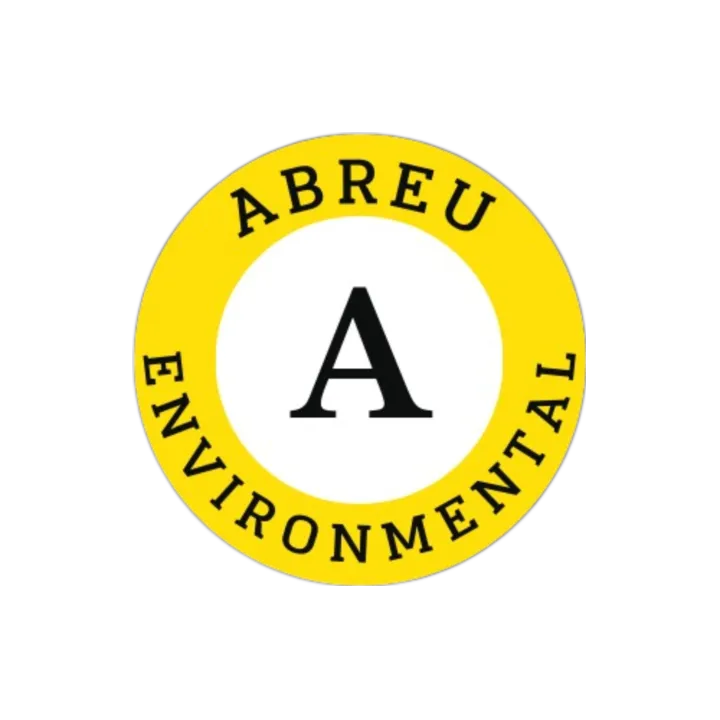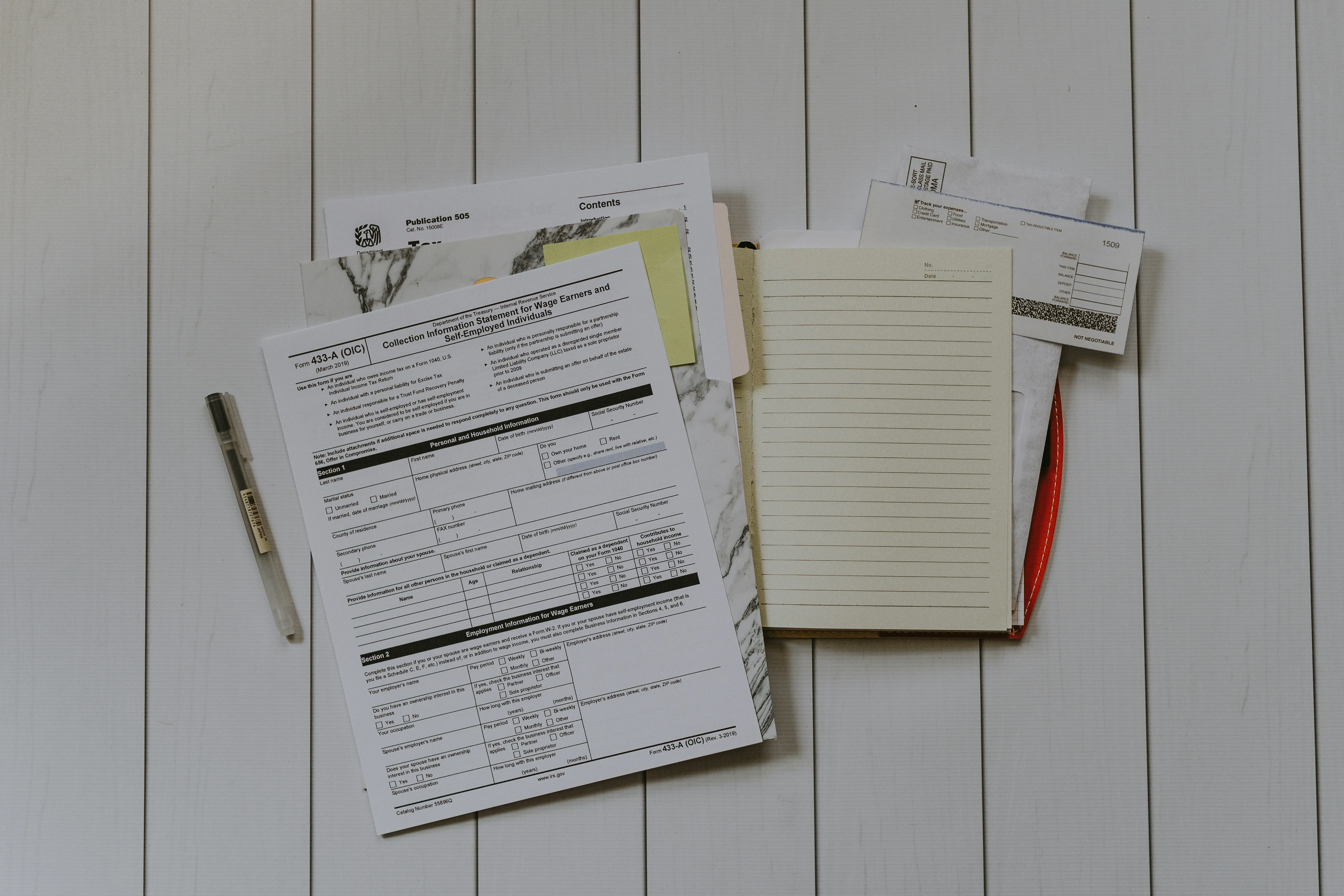What's lead remediation?
Lead paint remediation is the process of removing or mitigating lead-based paint hazards in buildings or structures. Lead is a toxic metal that can cause serious health problems, especially in children, and lead-based paint is a common source of lead exposure. If you have a building or structure that was built before 1978, it is likely that there is some lead-based paint present.
Lead-based paint can be found on any painted surface in a building or structure, including walls, ceilings, doors, and windows. It can also be found on exterior surfaces, such as siding, trim, and porches. Lead-based paint can become a hazard when it begins to deteriorate, chip, or peel. When this happens, lead dust and paint chips can be ingested or inhaled, leading to lead poisoning.
The following are the steps involved in lead paint remediation:
- Inspection and testing: Before any work is done, a certified inspector or risk assessor will conduct an inspection to determine the location and extent of lead-based paint hazards in the building or structure. Samples of paint may be taken and analyzed in a laboratory to confirm the presence of lead.
- Containment: The work area will be sealed off from the rest of the building to prevent the spread of lead dust and paint chips. Plastic sheeting will be used to create a barrier between the work area and the rest of the building, and any ventilation systems in the work area will be sealed or shut off.
- Removal: The lead-based paint will be removed from the surfaces using methods such as wet scraping, wet sanding, heat stripping, or chemical stripping. The method used will depend on the location and condition of the paint.
- Cleanup: Once the paint has been removed, the work area will be cleaned thoroughly to remove any remaining dust or debris. Specialized vacuums, wet mops, and cleaning solutions will be used to ensure that all lead dust and paint chips have been removed.
- Verification: After the cleanup is complete, the work area will be tested to ensure that all lead-based paint hazards have been removed. If any hazards are found, additional work will be done until the area is deemed safe.
It is important to note that lead paint remediation should only be done by certified professionals. Attempting to remove lead-based paint yourself can be dangerous and can lead to increased exposure to lead dust and paint chips.
Lead paint remediation can be expensive, but it is a necessary investment to protect the health of the occupants of a building or structure. Additionally, there may be financial assistance available to help cover the costs of remediation, such as grants or low-interest loans.
In conclusion, lead paint remediation is a crucial process that can help to protect the health of those who live or work in buildings or structures with lead-based paint. If you suspect that lead-based paint may be present in your building, it is important to have an inspection done by a certified professional to determine the extent of the hazard and to take appropriate action to mitigate it.



